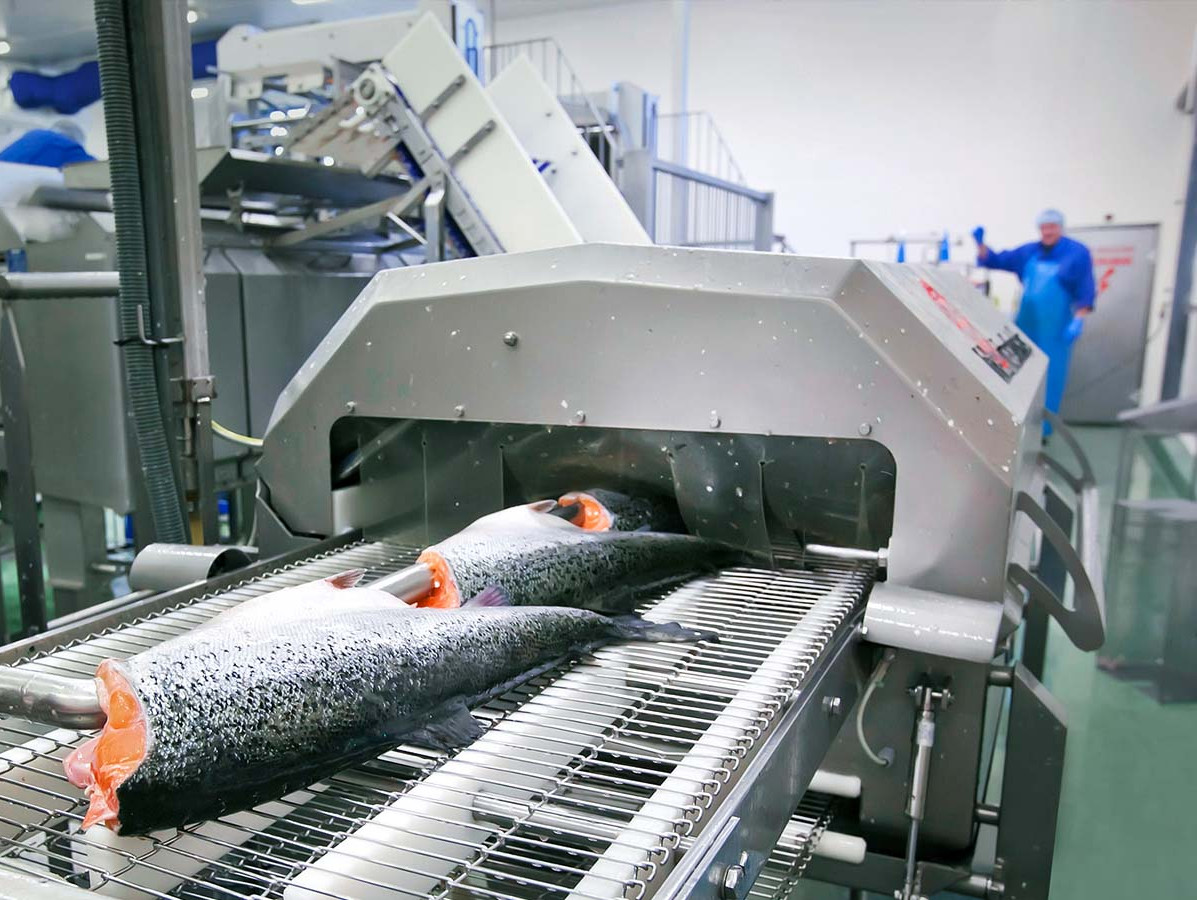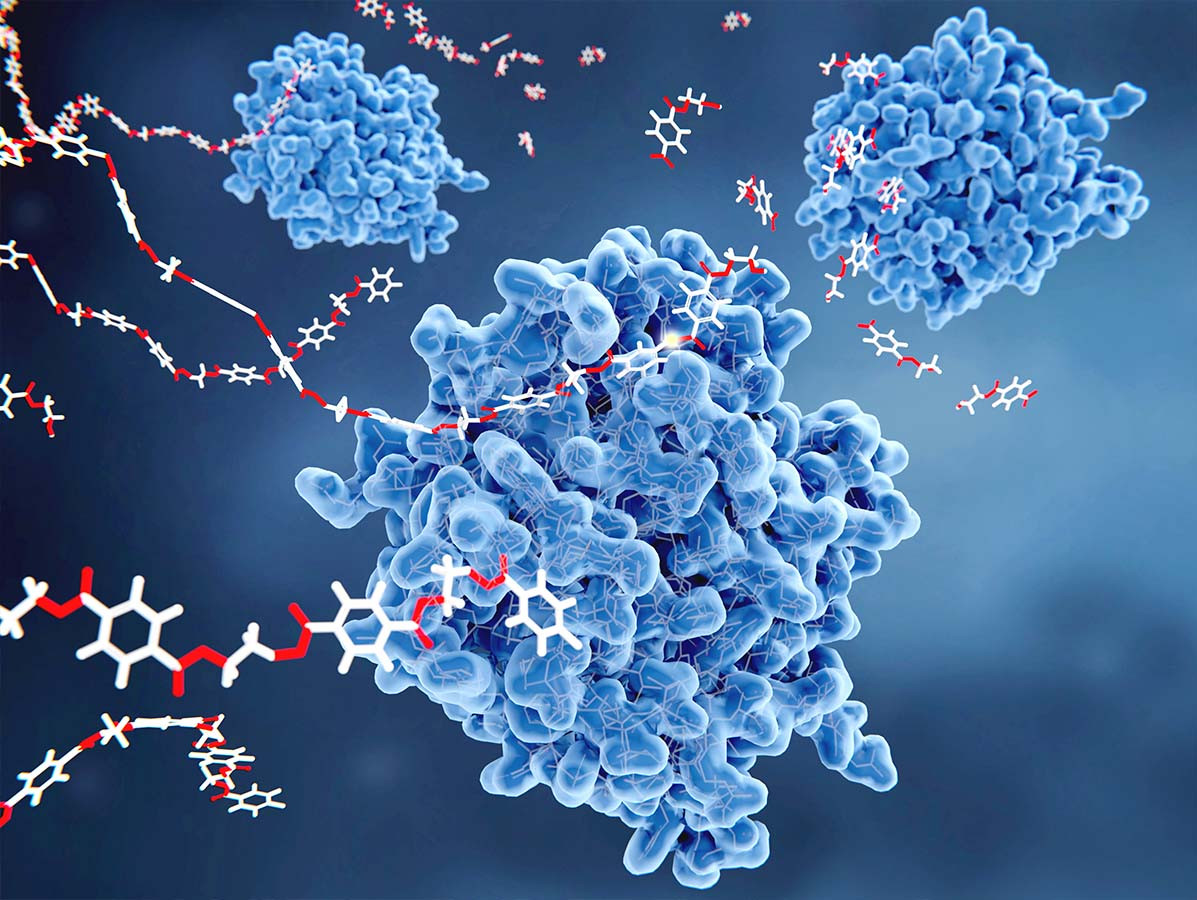
Enzymatic cleaners contain specific enzymes that target certain types of contamination for breakdown. As a result, they clean at a deeper level than traditional cleaning agents. New applications of these enzymatic cleaners are revealing surprising benefits.
The majority of food processing companies use traditional cleaning and disinfection agents. These agents are relatively inexpensive in terms of base materials, reasonably priced, and efficient. When the right products are used, they yield good results. Enzymatic cleaners are often associated with higher costs. However, new applications are shedding new light on the cost picture.
Gert Visscher, director of Eco2Clean, explains: "Enzymatic cleaners are particularly effective in removing not too heavy organic contamination. Compared to traditional cleaning and disinfection agents, they are better at removing very light residual contamination from the pores of stainless steel or plastic. The contamination is not only loosened but also cut into smaller, more water-soluble particles by the enzymes, resulting in a cleaner surface. Each enzymatic cleaner contains various enzymes, all optimized for specific applications. To ensure the effectiveness of the enzymatic cleaners under all conditions, we test our products on multiple types of contamination and with enzyme mixes."
"Currently, we are investigating to what extent certain types of enzymes can be used at a lower water temperature," Gert says. "Cleaning at a significantly reduced water temperature can save a considerable amount on energy costs. This method of cleaning therefore fits well with the trend of sustainable and less environmentally damaging production. The products are safe for humans and the environment and are biodegradable. Often, lower concentrations of the agent are sufficient, resulting in less consumption."
"The standard rule is that the temperature of the cleaning water should be at least 5 to 10°C higher than the melting temperature of the fat to be removed," explains Gert. "Food companies therefore normally work with a cleaning water temperature of around 45 – 60°C. However, the latest generation of enzymes is capable of breaking down protein and fat at temperatures between 20 and 30°C. Our tests show that with the use of enzymatic cleaners and a lower water temperature, the same cleaning result is achieved as with traditional agents. For every 10 m³ of water used per day, this can save approximately € 15,000 annually on energy costs. The price difference between enzymatic cleaners and traditional agents is included in this calculation.
The use of the right enzymatic cleaners in a fixed schedule can extend the shelf life of very perishable food products by one to two days, as various practical tests have shown, says Gert. "When a short shelf life food product comes into contact with a surface cleaned enzymatically, the risk of contamination is much smaller compared to contact with a surface cleaned with a traditional agent. It is important that the prescribed cleaning procedure is strictly followed and the cleaning is carried out accurately. Especially for producers of ready meals and fish and meat processing companies, an extension of the shelf life offers many advantages."
'Enzymatic cleaners extend the shelf life of perishable products'

The most well-known application is the use of enzymatic cleaners for (partially) cleaning very sensitive installations or surfaces, such as membrane installations for Ultra Filtration (UF: removing proteins, fats, and sugars) or Reverse Osmosis (RO: removing all salts, etc., from the water). "Using traditional cleaners causes the membranes to age faster, resulting in a shorter lifespan. The costs of replacing membranes are often high. Enzymatic cleaners remove contamination more effectively, under much milder conditions. Also, the condition of the membrane is improved," says Gert. The choice of cleaners depends on the contamination and the type of membrane. Tailored solutions contribute to accelerated cleaning, improved production capacity, and longer lifespan of the membranes.
New applications enzymatic cleaners, surprising added value
A quality cleaning, with intensive mechanical action (scrubbing, scraping, or a strong water jet), remains the basis for preventing biofilm, emphasizes Gert. "In a biofilm, bacteria, such as Listeria, form a matrix that is very difficult for chemical cleaning and disinfecting agents to penetrate. To remove biofilm, it may be necessary to use (periodically) a specific enzymatic cleaner. Depending on the age of the biofilm, multiple treatments may be necessary. Adding enzymatic cleaners for specific situations to the package of traditional cleaning and disinfecting agents thus also creates added value."
Eco2Clean invests a lot of time and energy in the development of sustainable alternatives with little or no environmental impact. Gert: "We naturally support companies in compiling a mix of agents that suits them. Our starting point is: to find an optimal balance between effectiveness and costs with the use of the right agents, taking into account the advantages for people and the environment."
Source: vakblad Voedingsindustrie 2023